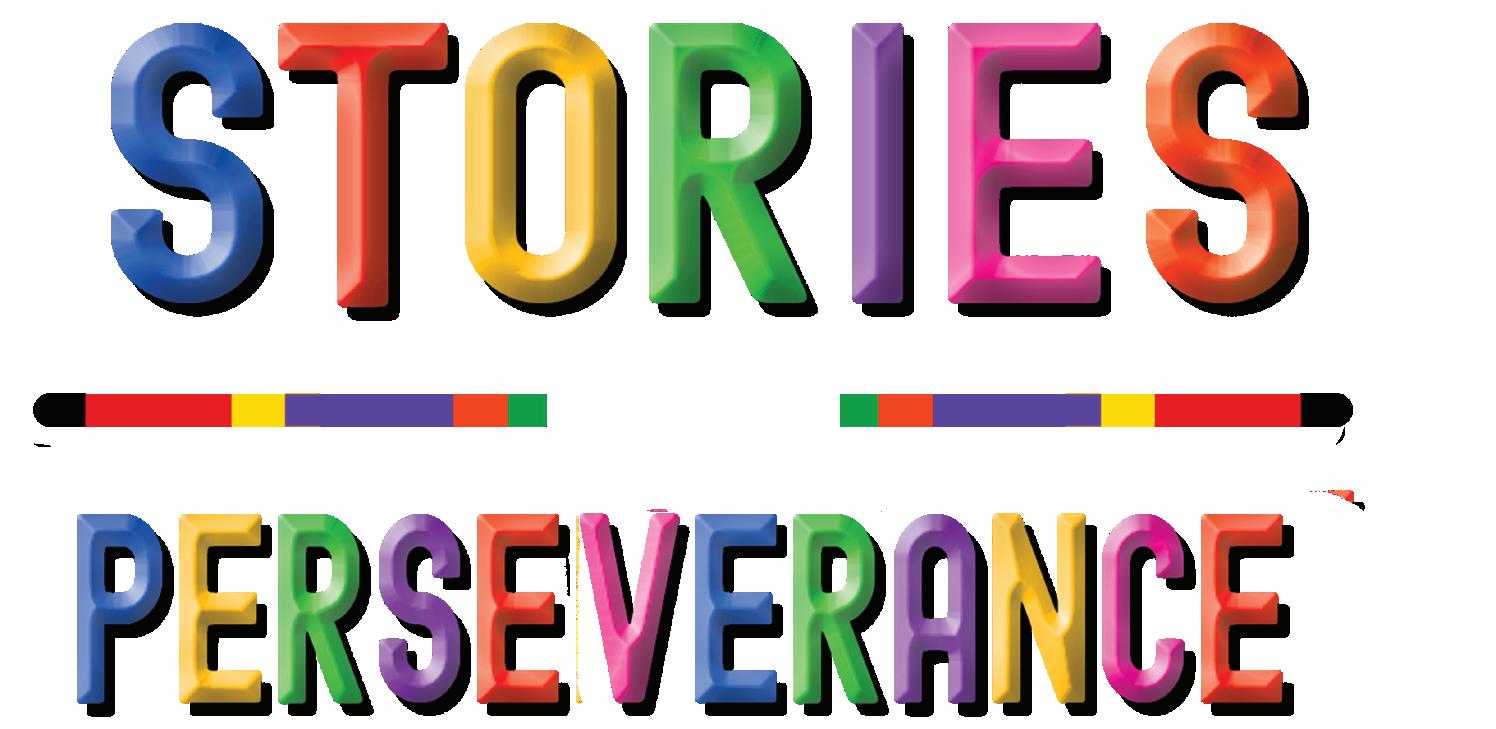
Road

Revival
The
Road







creating a calm presence that supports both them and their child during tough moments.
Box breathing also boosts focus and mental clarity, which can be a gift for kids working on school tasks or daily activities that require attention. The slow, deep breaths increase oxygen to the brain, helping kids feel more alert and ready to engage.
This can be especially helpful for kids with cognitive or attention challenges, as the structured rhythm provides a clear focus point. Even Navy SEALs use box breathing to stay sharp during high-pressure situations, and kids can tap into that same sense of clarity for tasks like homework or therapy exercises.
For caregivers, practicing box breathing before a busy day can sharpen focus and energy, making it easier to juggle caregiving responsibilities with calm confidence. Physically, box breathing supports overall wellbeing in gentle ways. The deep inhalations expand lung capacity and improve oxygen flow, which can boost energy and support heart health.
The slow exhales and pauses stimulate a part of the nervous system that helps with relaxation, digestion, and even sleep. For kids who struggle with falling asleep or staying calm due to medical conditions or sensory sensitivities, box breathing can be a soothing bedtime ritual. Caregivers, too, can use it to unwind after a long day, promoting restful sleep and reducing the physical toll of stress. Best of all, it’s free, portable, and needs no special tools, making it a gift for families of all backgrounds.
To start box breathing, find a quiet, comfortable space where
you and your child feel at ease, though with practice, it can be done anywhere, during a car ride, at school, or even in a hospital waiting room. For kids who use wheelchairs or have limited mobility, they can stay in their preferred position, whether sitting or lying down. Caregivers can model the practice, making it a shared moment of connection.
Begin by sitting or lying in a relaxed position, with shoulders soft and hands resting comfortably. If closing the eyes feels overwhelming, especially for kids with sensory sensitivities, try focusing on a favorite toy, a calming picture, or even a caregiver’s gentle smile. Start by breathing out fully through the mouth, letting go of any tension. Then, breathe in slowly through the nose for a count of four, feeling the belly rise softly, like filling a balloon.
If nose breathing is tricky for kids with certain medical conditions, breathing through the mouth works just as well. Hold the breath for four seconds, noticing the quiet moment of stillness. Then, exhale slowly through the mouth for four seconds, like blowing out a candle gently. Finally, pause for four seconds before starting again.
This completes one cycle. Try four to six cycles, about five minutes, but even one or two cycles can make a difference. For younger kids or those new to the practice, use a shorter count, like two or three seconds, and gradually build up as they feel more comfortable.
To make it fun and engaging, turn box breathing into a game. Imagine tracing a sparkly square in the air with each breath or pretend to blow bubbles during
the exhale. For kids who use communication devices or have verbal challenges, caregivers can guide the rhythm with gentle taps or visual cues, like raising fingers for each count. If a child feels dizzy or uncomfortable, pause and return to normal breathing, trying again when they’re ready.
The key is to go at their pace, celebrating small steps. Caregivers can join in, modeling the practice and creating a shared moment of calm, which can strengthen the bond between you. Incorporating box breathing into daily life can be a nurturing ritual. Try it in the morning to start the day with calm, or at night to ease into sleep. For kids with sensory sensitivities, use it before overwhelming activities, like doctor’s visits or loud events, to help them feel grounded.
Caregivers can weave it into their routine, too, using it during a quiet moment to recharge. Over time, box breathing can become a comforting habit, like a trusted friend you turn to in tough moments. For extra fun, pair it with a favorite song’s rhythm or a calming phrase, like “I am strong,” to make it feel personal and empowering.
Box breathing’s magic lies in its simplicity and warmth, a practice that welcomes kids with diverse abilities and their caregivers into a moment of peace. Its gifts, calm, focus, emotional balance, and physical ease, make it a treasure for families navigating unique challenges.
By taking a few minutes each day to breathe together, you and your child can find a steady rhythm, building resilience and connection, one gentle breath at a time.



















